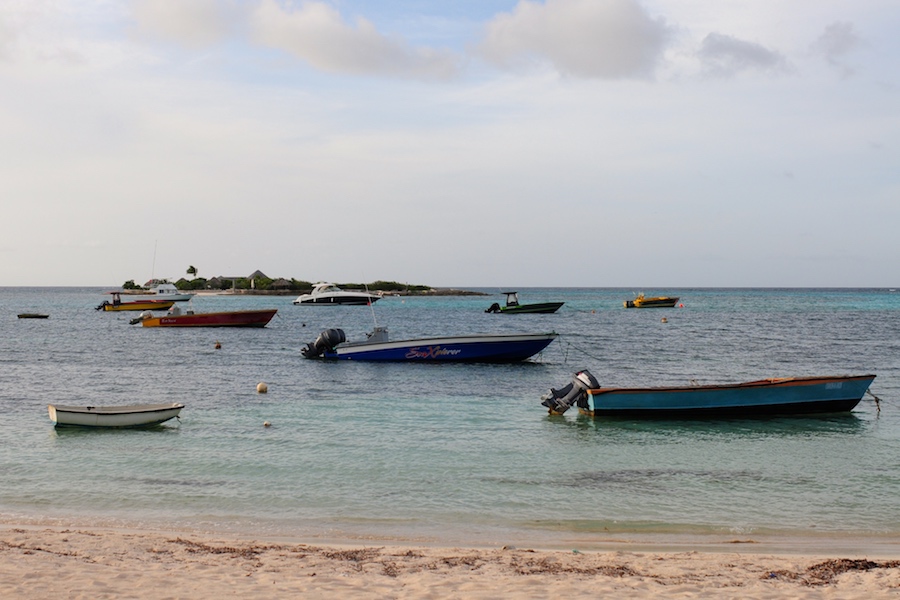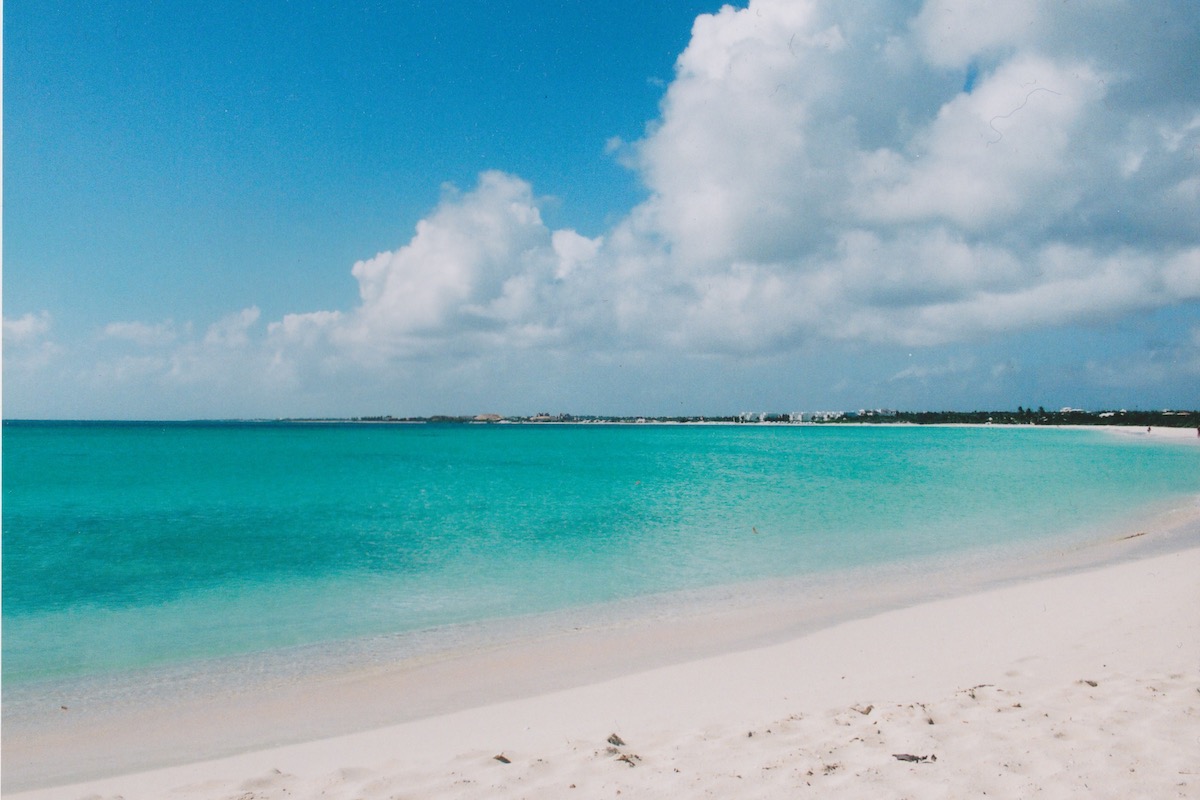Historically Anguilla never enjoyed the prosperity of some of its neighbors, most notably St. Kitts, Nevis and even St. Eustatius—all of which were immensely rich at some point in the 17th and 18th century. Unlike the Dutch, the British found little purpose for possessions in the Caribbean that could not successfully be turned into single-crop plantations, and despite repeated efforts with tobacco, cotton and eventually also sugar cane Anguilla never did thrive on the back of its produce.
Consequently, the island struggled for centuries, with locals fending off famine, drought and neglect on a regular basis. Anguillians, however, resisted the temptation to move (or be moved) elsewhere, and found a way to persevere. This long and at times tortuous journey has left its mark in just about every aspect of Anguilla’s life, in its configuration and land distribution, in the density of its population and its demographics. In other words, in the very characteristics that make of Anguilla an irresistible proposition.
One of the defining traits handed down to Anguilla by its troubled past is the fact that there is no clear urban center on the island—Anguilla is, so to speak, a single extended periphery. Nominally The Valley is the nation’s capital, but since trade was hardly ever prominent on Anguilla, and the population, also the slave one, always sparse, the “city” is just a series of buildings scattered over an ample expanse of land. There are no shanty towns in The Valley, no makeshift homes of rickety galvanized, there aren’t even housing estates or lower-income neighborhoods. Here, again, Anguilla turns the deficiencies of the past into the advantages of the present—a knack that might well be more precious than the island’s celebrated beaches.
The Valley
To think of The Valley as the capital of a semi-independent country is to fall prey to several misnomers—and that is even before considering Anguilla’s legal status. Firstly, there is no valley to speak of in Anguilla: the island is flat all around, and even if the northern coast is at times adorned with handsome bluffs, none of them towers above Crocus Hill, which peaks at a dizzying 213 feet. Similarly, the capital of Anguilla is as ill defined as any metropolis, except that along with clear boundaries it also lacks the high density of population, stress and activity—the hustle and bustle—that is usually associated with the word capital.
The Valley does indeed run downhill from the top of Crocus Hill, occupying a rather fluid area that blends with Cedar Village to the northwest and North Side to the north, Stoney Ground to the northeast, Latin Quarter to the east and Wallblake to the south. In between all these areas there are a number of landmarks—Government Corner, the post office and St. Mary’s Anglican Church on the one hand, the former government house, Ebenezer Methodist Church and the farms on the other, the stadium heading out of town, the hospital further north, the library towards the east—separated by plenty of daylight, and yet held together by the hint that this truly is Anguilla’s version of an administrative center.
For all the attributes The Valley fails to share with other capitals in the region there is one it has in common with just about every one of them: traffic. In the 21st century Anguillians have been able to purchase cars at a pace far exceeding the government’s ability to expand the island’s network of roads. Not that there is ever gridlock in Anguilla, but the slow-moving file of cars approaching from George Hill early in the morning or the chaotic flow of vehicles darting this way and that on the Valley Road late in the afternoon is the closest it ever comes to rush hour in Anguilla.
After all, The Valley might not be cosmopolitan or even terribly urban but there’s still a bit of buzz about this place—something utterly distinctive, a flair, a feel, this certain je ne sais quoi that continuously reminds you that you’re no longer at the beach, even if you’re never too far away from the next frozen daiquiri. Like Anguilla, The Valley is full of contrasts and contradictions, a town built on a mold from a different century which leads a nation’s path into the future, a place that can only be functional through disorder, a capital that embraces its provincial roots as something to be cherished.
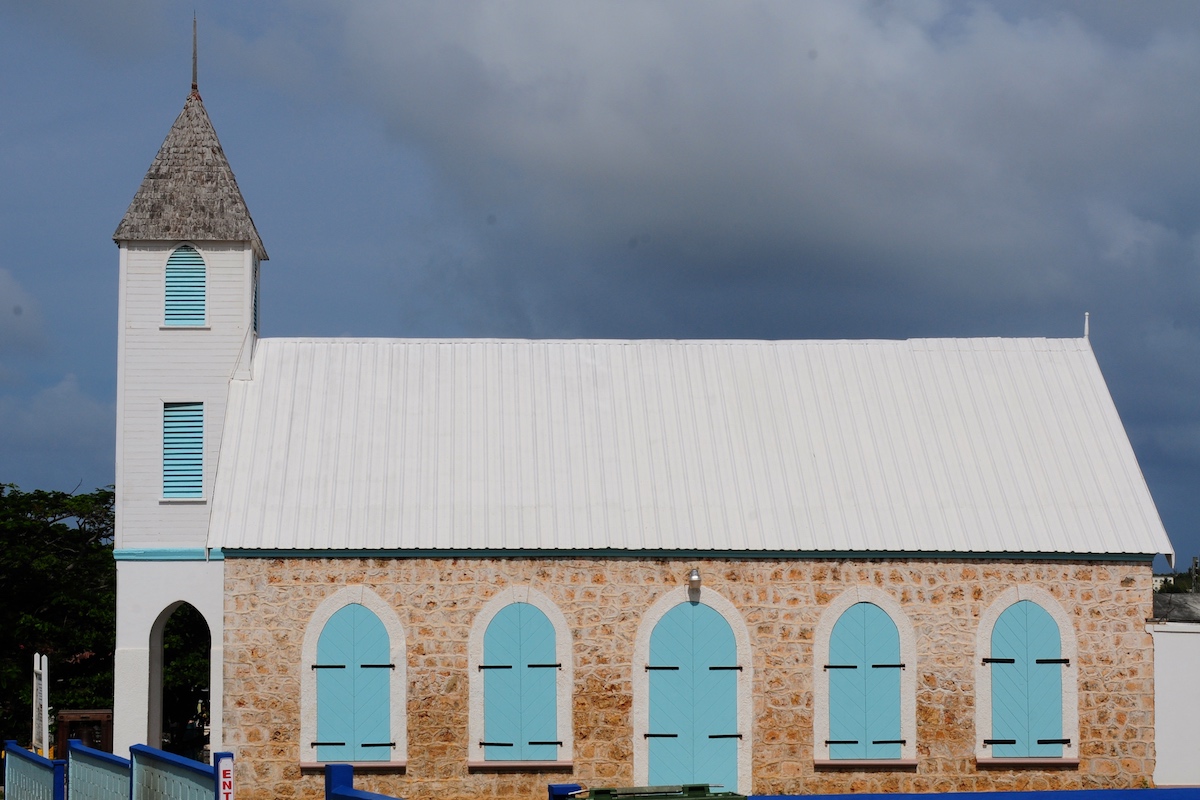
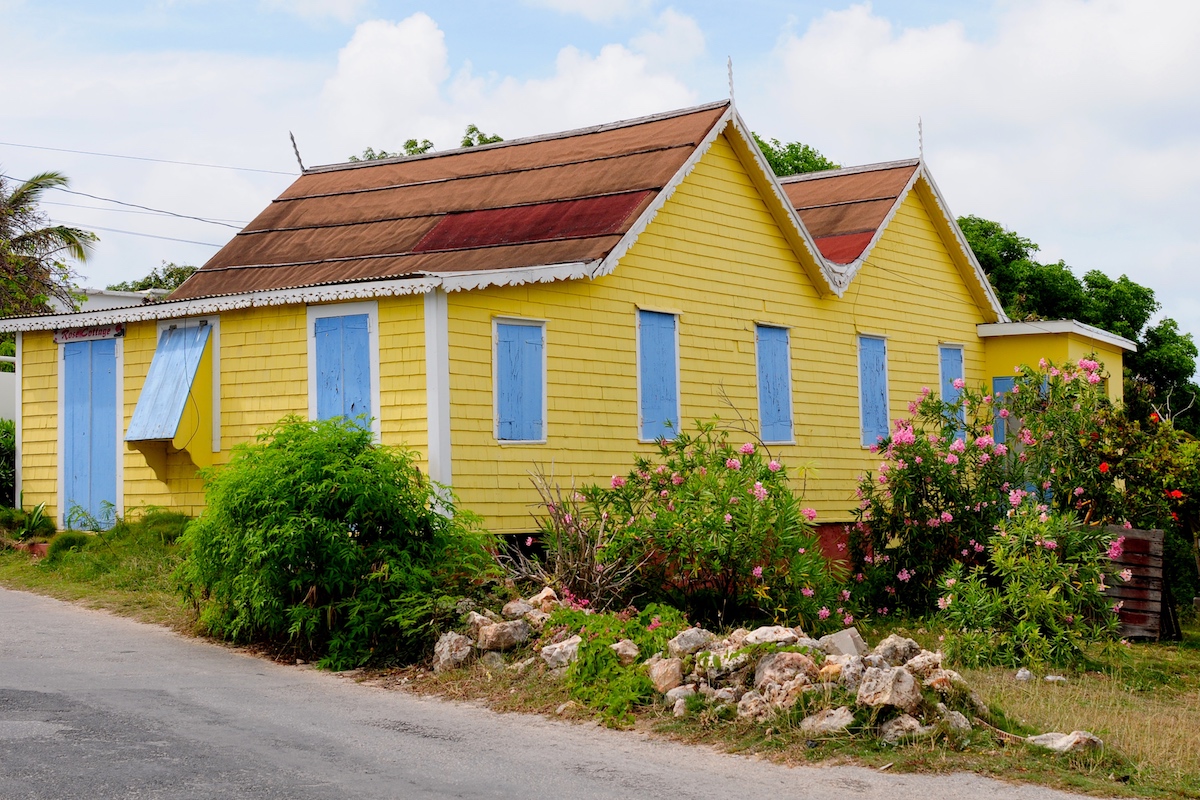
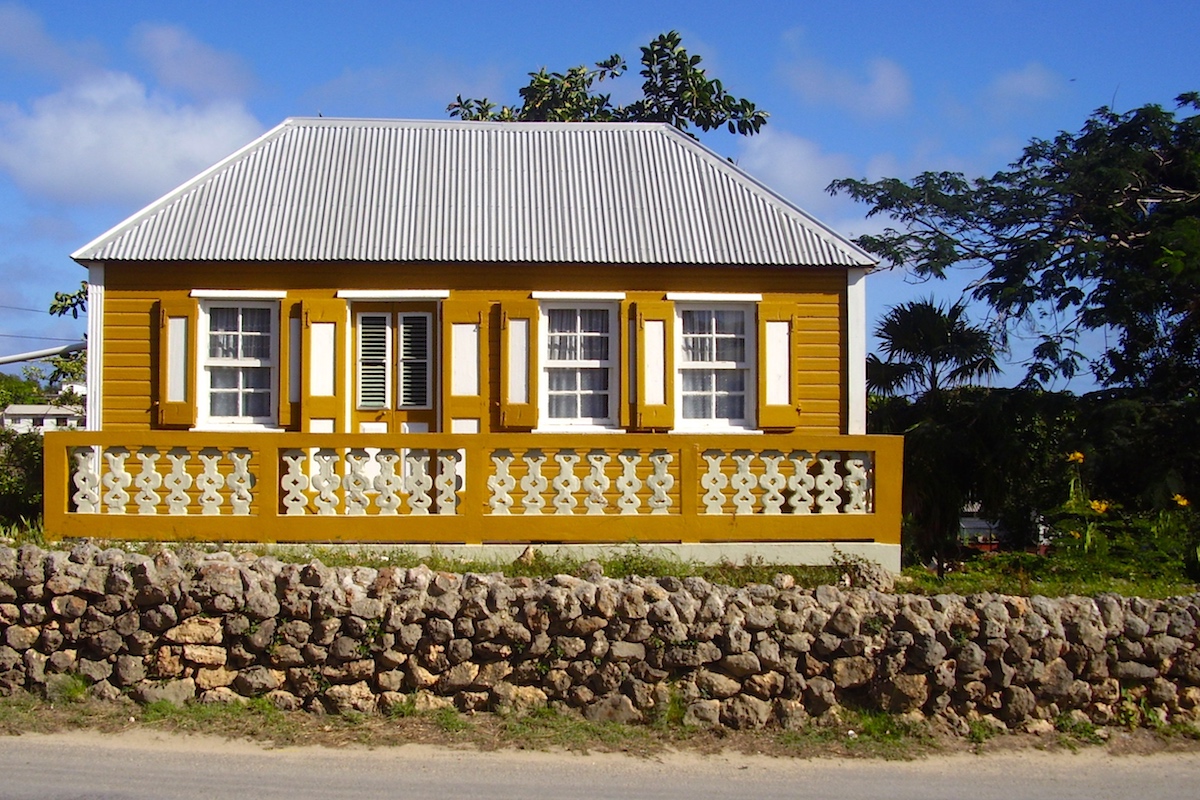



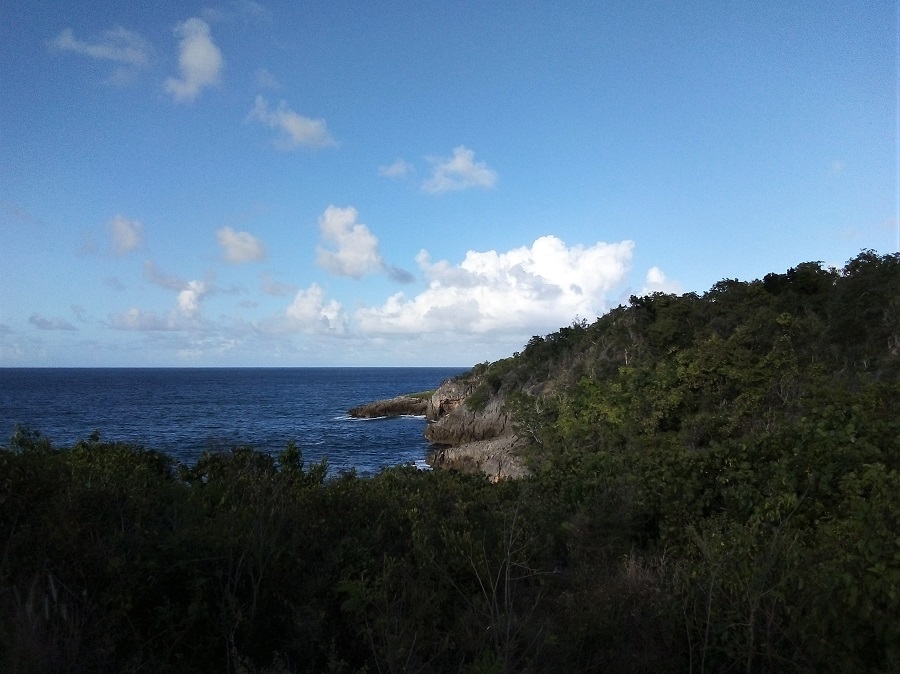
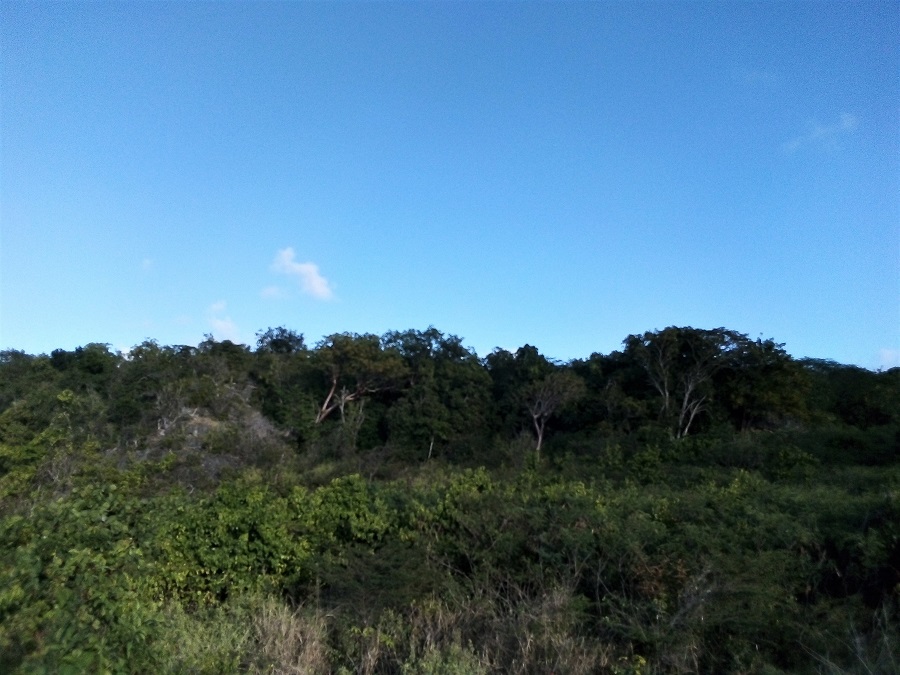
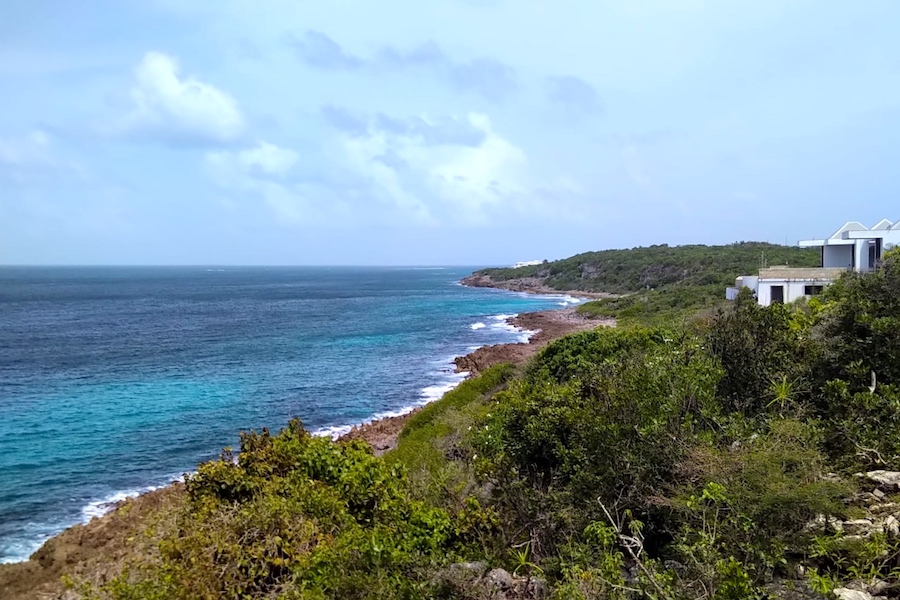
Brimegin
Few areas on Anguilla could compete with the levels of seclusion afforded by Brimegin, on the island’s northern shore. Even regular visitors struggle to pinpoint the area’s location, and if they have heard of it at all it’s only in connection to the onetime plan to move the airport facilities away from Walblake in order to develop a larger international terminal in that otherwise deserted strip of land. The plan never materialized, so Brimegin remained unspoiled and detached from the world, the backwaters, as it were, of an island that takes pride in its faraway nature.
It has been noted by one of the Anguilla’s most prolific chroniclers, Don Mitchel CBE, that Brimegin is almost identical in sound to the archaic voice Brummagem. If you’ve ever heard the word Brummagen spoken you belong to the fortunate few, and in all likelihood it was used (by a rather old person) to describe a counterfeit or cheap imitation of a fancy article. But Brummagen is actually the original form of Brummie, which of course is used to refer to a person or thing from Birmingham.
The connection between Birmingham and naff taste has nothing to do with Anguilla, originating as it does from the city’s notoriety in days of old for the counterfeit coins and plated goods produced there. Puzzlingly, there seems to be no connection of note between Anguilla, the city of Birmingham or any person from that particular spot in England’s Black Country.
And yet, when the archeologist George Goodwin came to Anguilla in the 1920s to look for fossils of the curious giant rodent that seems to have populated the island approximately 100,000 years ago, one of the excavation sites he documented as exploring was a certain Birmingham Hollow, in the vicinity of the North Side estate. Bingo!
It’s unclear whether this was a local name given to a specific cave on the northern side of the island or if Goodwin named a site he thought particularly promising. Whatever the case, the area between Blackgarden Bay and Shoal Bay East is still known by its derivative, Brimegin, a wild and largely untouched part of Anguilla which gifts us a rare glimpse back to the days, before the dawn of tourism, when everything on the island felt equally remote.
Blackgarden Bay
Just as untouched as Brimegin is Blackgarden Bay, due in part to the fact that it’s hardly accessible but also because in the land of amazing beaches this one simply doesn’t carry the allure of, say, the neighbouring Little Bay. Sure, the sand is still glowingly white and impossibly clean – the sort of stuff that would drop jaws in Nevis, Saba or even Guadeloupe – but access to the sea is hampered by rock formations that once would have cut a sharp divide between land and water.
If the beach is not A+ at Blackgarden Bay, though, the vegetation is, as acres and acres of rugged terrain have been left to grow wild and undisturbed for generations. As a result, the northern cliffs boast some of the island’s oldest and sturdiest trees, a rare throwback to an age we only ever encounter in the history books, the days, long before living memory, when Anguilla was a lush island teeming with forests and timber.
However, Blackgarden Bay’s greatest appeal comes from its quirkiest aspect: its orientation. Right on the top end of the modest salient that makes the centre of the island considerably wider than its eastern and western edges, Blackgarden Bay and the adjoining cliffs command views not just due north but also to the fabled west. This means that properties such as Villa Mahal overlook the vast expanses of the Caribbean Sea, garlanded here and there with the shoal over the coral formations in the near distance and the soft silhouette of the offshore cays, and still get to enjoy practically unobstructed views of the sunset through most of the year. Heavenly.
Discover all our available properties in The Valley, Brimegin and Blackgarden Bay.

